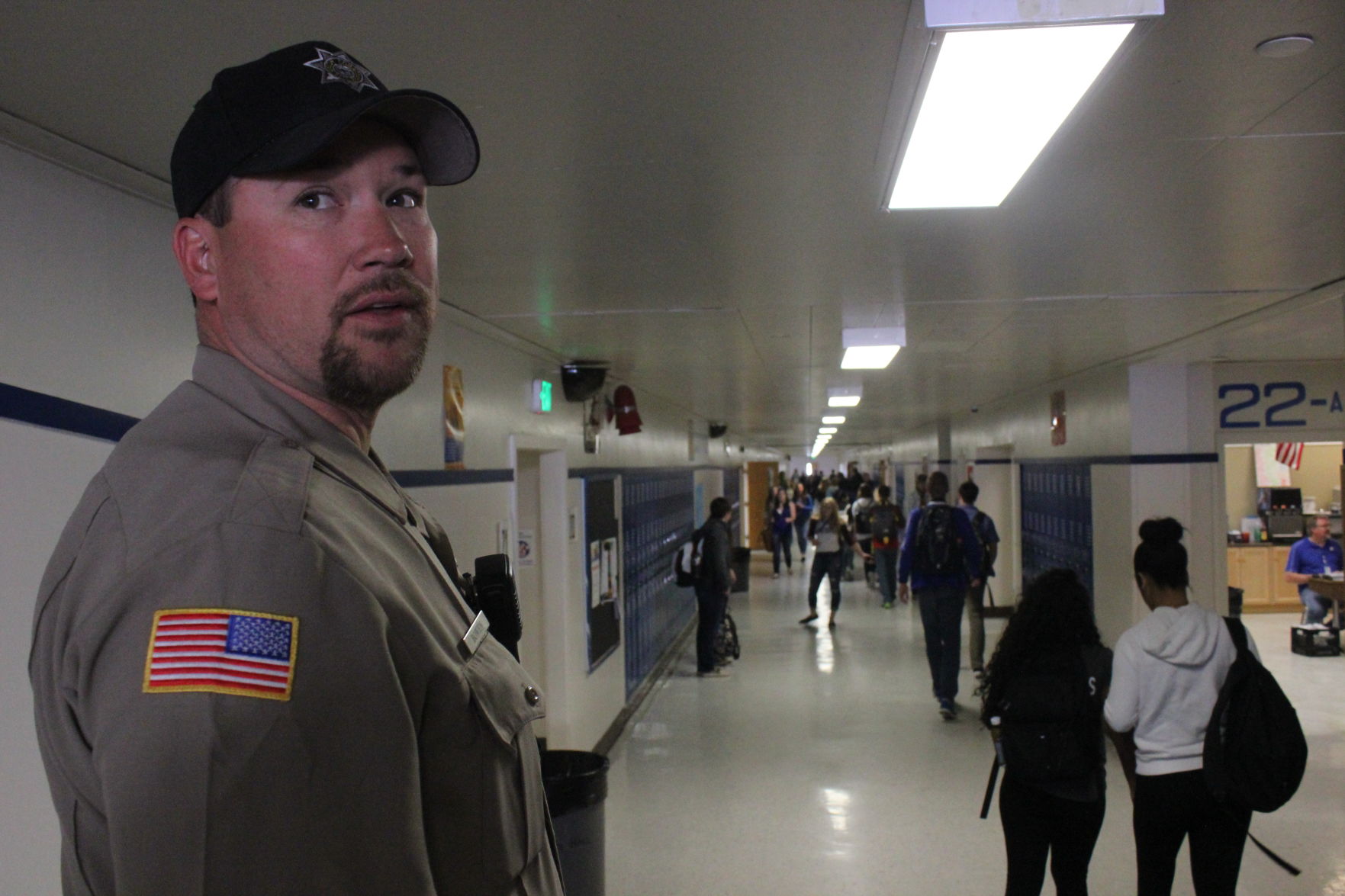Gardeners: Never give up
Published 11:48 am Monday, July 15, 2013
The morning of May 23, most of us in the tri-county region woke to bone-chilling, and garden-killing, temperatures.The low recorded in Union that fateful morning was beyond the frost stage – we were hit with 23 degrees, while our gardening friends further north in Joseph were in the teens and the unhappy gardeners in the Baker Valley area were hit with 20. Not a happy gardening day, indeed.
Trending
While we frequently joke about “snow in July,” its sheer meanness strikes deep in the gardener’s soul. Our high elevation and lower humidity can make even the more experienced gardener wince, but hopefully not throw in the gardening trowel.
There is too much at stake, not just in a monetary way, because the food we grow feeds so many of us during our short but beautiful gardening season. We eat buckets full of produce, then can, freeze and dry the rest to sustain us throughout our long winters.
I’ve learned a few things this year and hope they can encourage, and inspire you, to not give up when the gardening gets bad.
Trending
The immediate survey the morning of the 23rd was what I expected. The beds of varying shades of green were now varying shades of brown. Disheartened and downcast, I surveyed the raised beds of early corn that had been nearly four inches high the day before.
Started from seed, it seemed my hopes of fresh corn were dashed. Withered brown leaves on pale green stems were all that remained. The zucchini squash, also started from seed, were merely brown smudges on top of the soil, not even a green stem could be seen. The portulaca, planted only weeks earlier after a local purchase, was almost non-existent, a layer of brown slime cascaded down the small slope where I’d hoped to have its bright colors dancing in the heat of the summer sun. I decided I couldn’t face the prospect of yanking and tossing all my well-cared-for plants and left them alone. It was too much to bear.
Four days later and grim-faced at the task ahead, I approached the gardens to pull and destroy, cleanse the area, and replant what I could and throw away what was lost. And so my lesson began.
The first corn “stem” pulled was green, full of vigor with healthy roots. Mulling the possibility, I stuck it back in the ground and promptly decided to give it a chance. I’ve never heard of corn re-sprouting but the possibility intrigued me. So I left them alone even against my better gardening judgment.
The zucchini gave no hope, the roots had already withered, unlike the corn, so it was replanted, too late, I thought. The portulaca showed signs of light green under the brown slime atop the dirt. I decided to leave it alone as well.
My garden surprised me with renewed growth and health. Photo one shows the corn on July 7, at 36 inches in height. Yes, this was the corn that had frozen solid on May 23! Given no other care except weekly applications of fish fertilizer, it rewarded my patience with life. Totally unexpected.
The zucchini, planted so late I doubted we’d get a crop, showed remarkable growth, as well. Photo two shows a single blossom at almost 8 inches across, photo three shows much of the entire plant.
I reseeded all the squash about the first of June. Several of the squash are now nearly six inches in length.
And the portulaca, so slimy and brown, then neatly trimmed at the soil line, now bursting with blossoms and new growth. The photo at the top of the Page 1B, also taken on July 7, shows a small sampling of regrowth and the return of flowering stems.
There were many other plants that succumbed to the cold. Yet the tales of survival and regrowth is truly remarkable when given the odds.
Perhaps Tim Allen had it right when he said during Galaxy Quest, “Never give up, never surrender!”









